Haskap berries, also known as honeyberries, are a type of edible berry that is native to Siberia and northeastern Asia. These berries are known for their unique flavor, which is a combination of sweetness and tartness. They are also high in antioxidants and other beneficial nutrients, making them a popular choice for both eating fresh and using in recipes.
Growing Haskap Berries
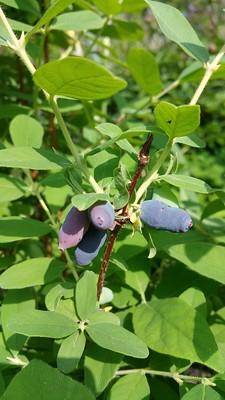
If you’re interested in growing your own haskap berries, the first thing you’ll need to do is select a suitable location. Haskap berries prefer well-drained soil and full sun, but they can also tolerate partial shade. They also need a period of cold temperatures, so they are best suited for growing in areas with cold winters.
When it comes to planting haskap berries, it’s important to choose a variety that is well-suited to your climate. Some popular varieties include Tundra, Borealis, and Indigo Treat. You can also purchase plants or seedlings from a reputable nursery or online seller.
Once you’ve selected a variety and obtained your plants or seedlings, it’s time to prepare the soil. Haskap berries prefer a slightly acidic soil with a pH between 5.5 and 6.5. You can amend the soil with peat moss or sulfur to lower the pH if necessary.
When planting honeyberries, it’s important to space them about 4–5 feet apart to allow for proper growth and air circulation. If you’re planting multiple varieties, be sure to plant them at least 50 feet apart to prevent cross-pollination.
After planting, it’s important to give your honeyberries regular water and fertilization. They should be watered weekly during dry spells, and fertilized with a balanced fertilizer every 4–6 weeks during the growing season.
When it comes to pruning, haskap berries are relatively low maintenance. You should remove any dead or diseased wood in the spring, and prune back any overgrown branches.
Haskap berries typically start bearing fruit after 2–3 years, and can produce for up to 20 years. Once they start producing, they will typically produce a large crop every other year. With proper care, you can enjoy a bountiful harvest of delicious haskap berries for many years to come.
Check out Little Tree Food Forest for articles on food forests and homesteading.
Check out StoryScapes for articles on creative writing.
Related Content
Related Content
Subscribe to our newsletter to get information delivered to your inbox on edible landscaping, growing food and medicinal plants, growing mushrooms, foraging, fermentation, food preservation, raising small livestock, and more.







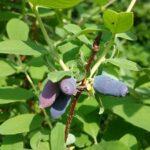
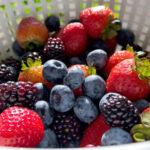
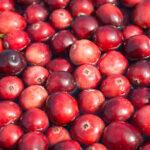
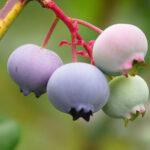

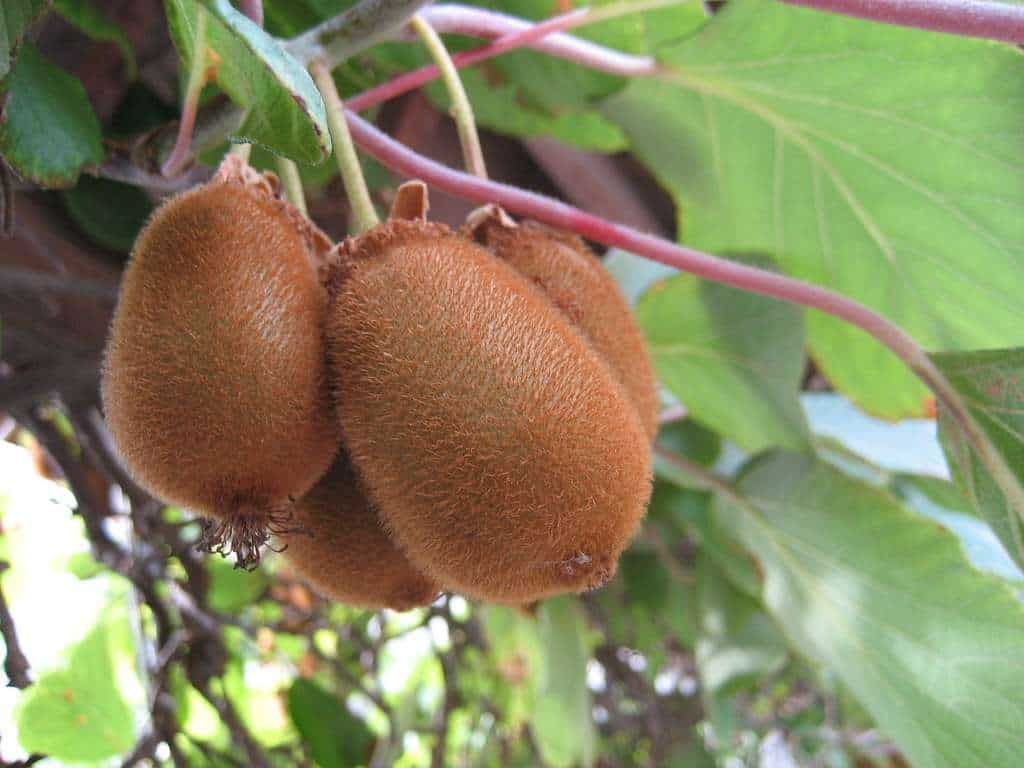


2 thoughts on “About Haskap Berries”
Comments are closed.